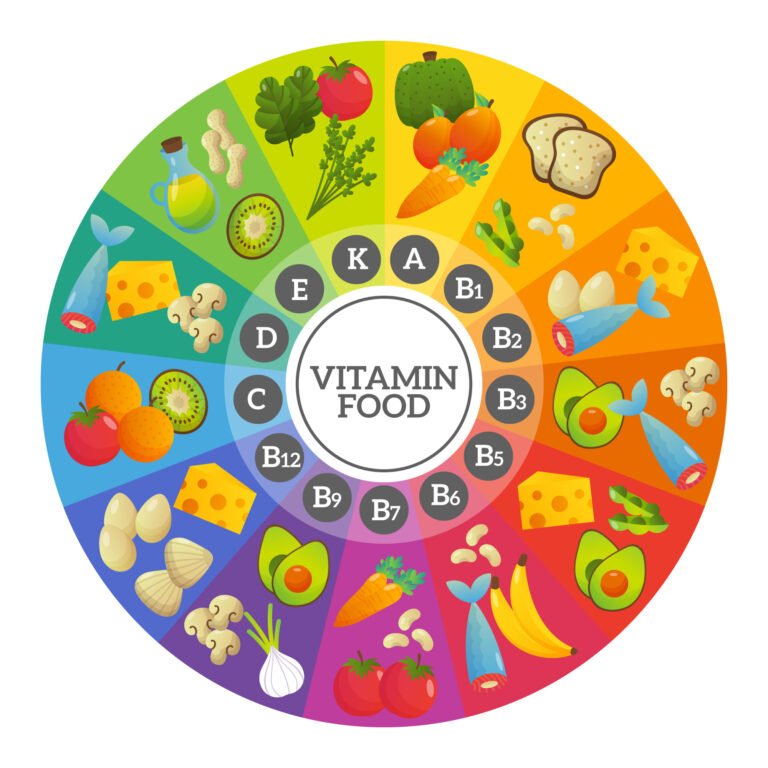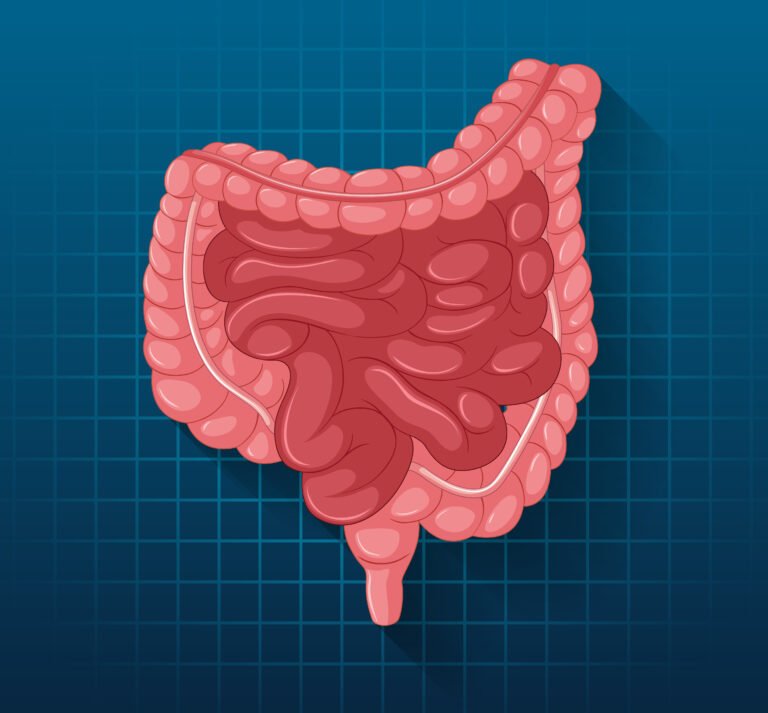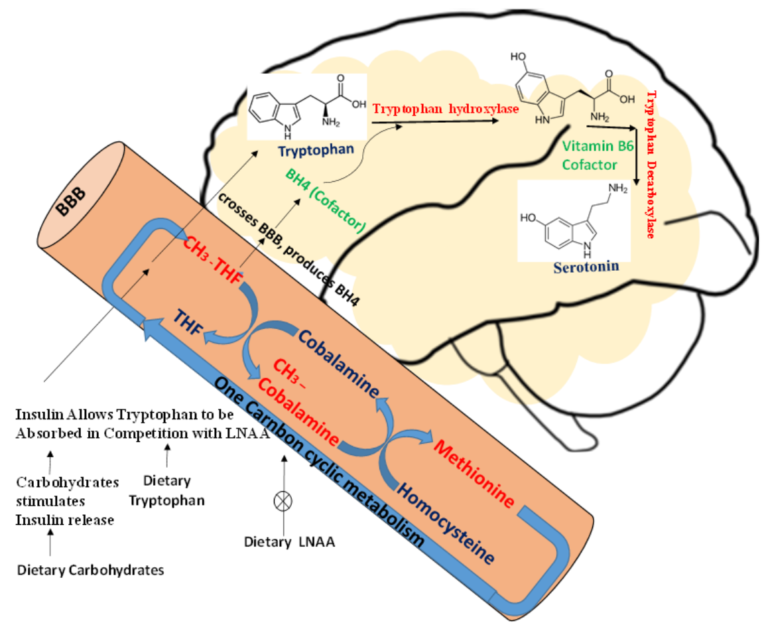Posted inHealth and Wellness
Vitamins and Diabetes
Vitamin A and Diabetes As vitamin A is required for the development of cells, it also influences development of pancreatic cells and ultimately production of insulin. It has been demonstrated through animal studies that vitamin A deficiency could result in loss of β-cells and hence reduction in insulin production. The association between vitamin A and type 2 diabetes was also evidenced when type 2 patients showed much higher level of hepatic vitamin A compared to normal ones. B Vitamins and Diabetes Results from the different research studies has shown that requirement of vitamin B1 (thiamine) is higher in individuals….









